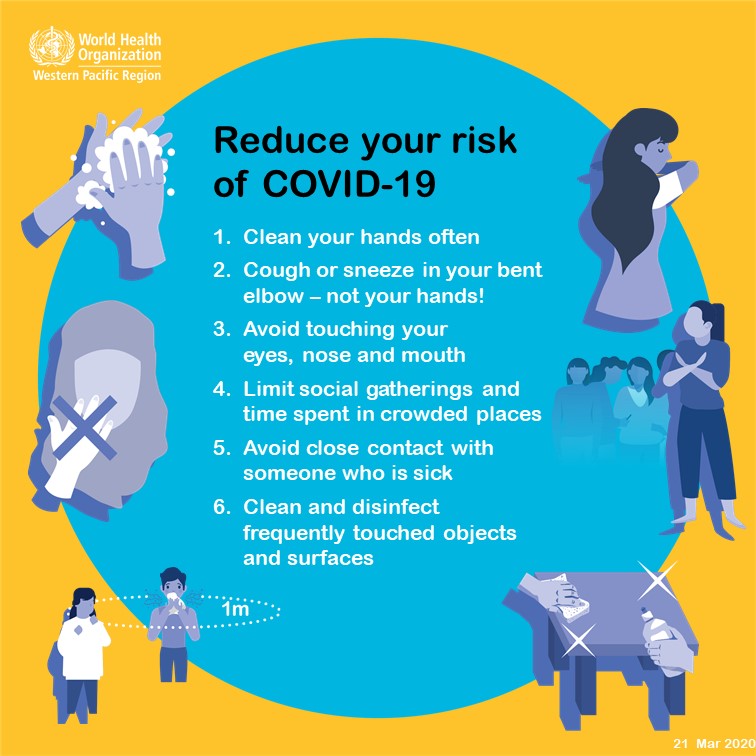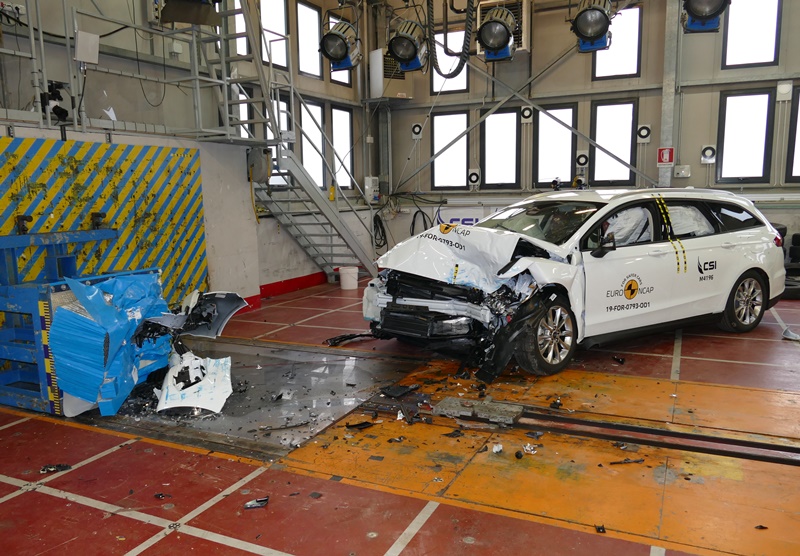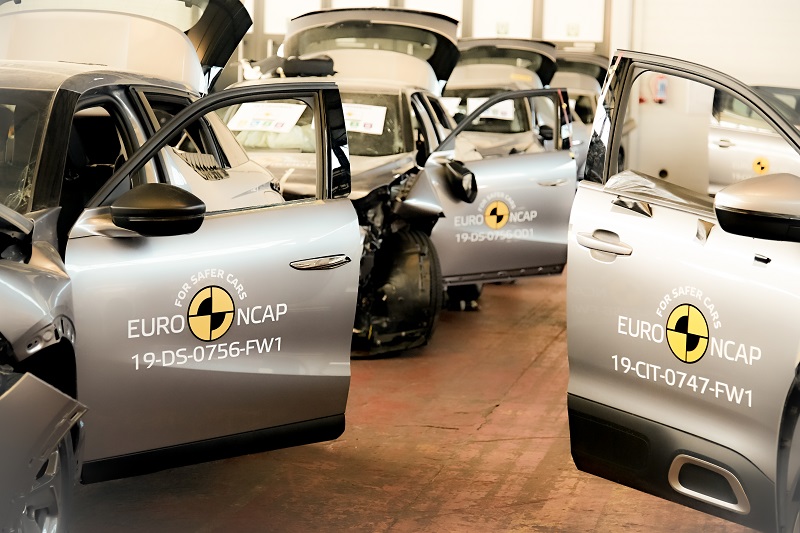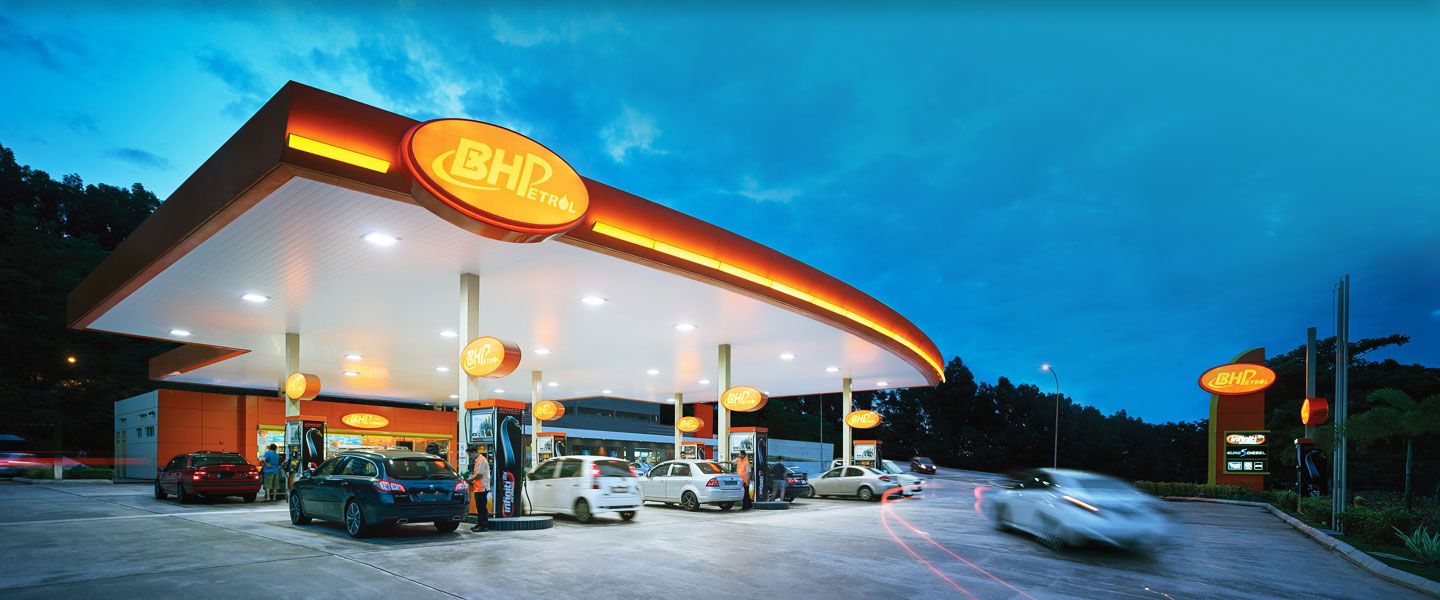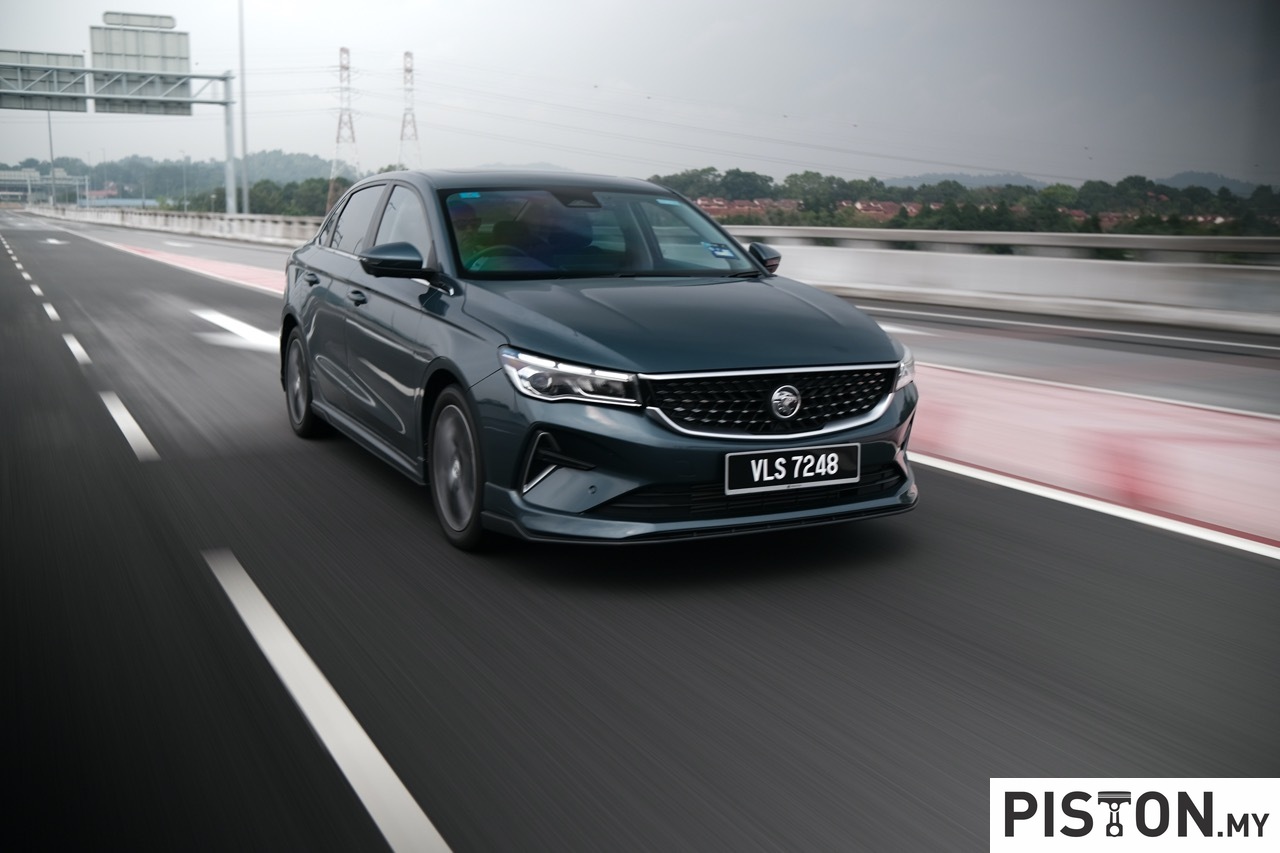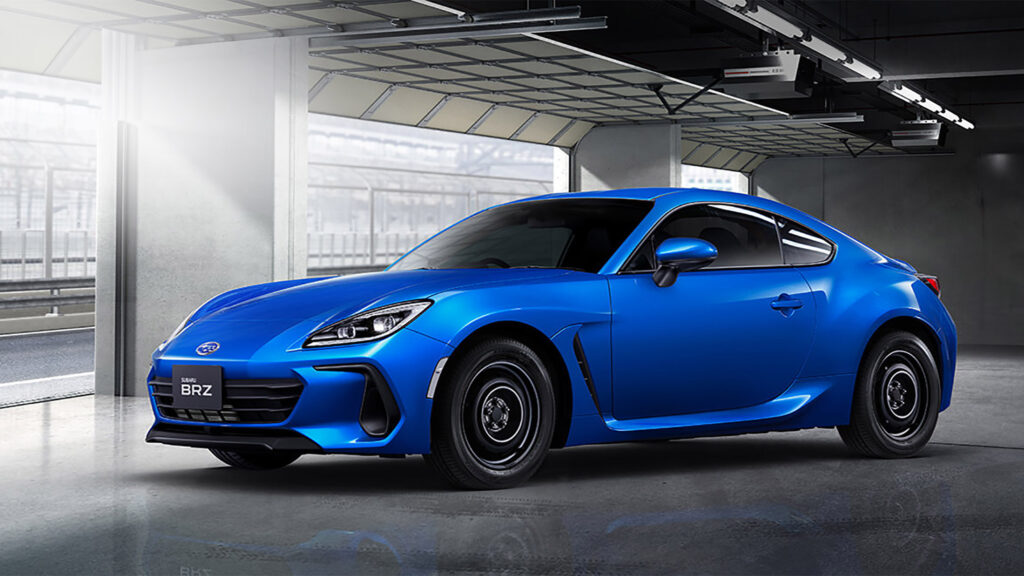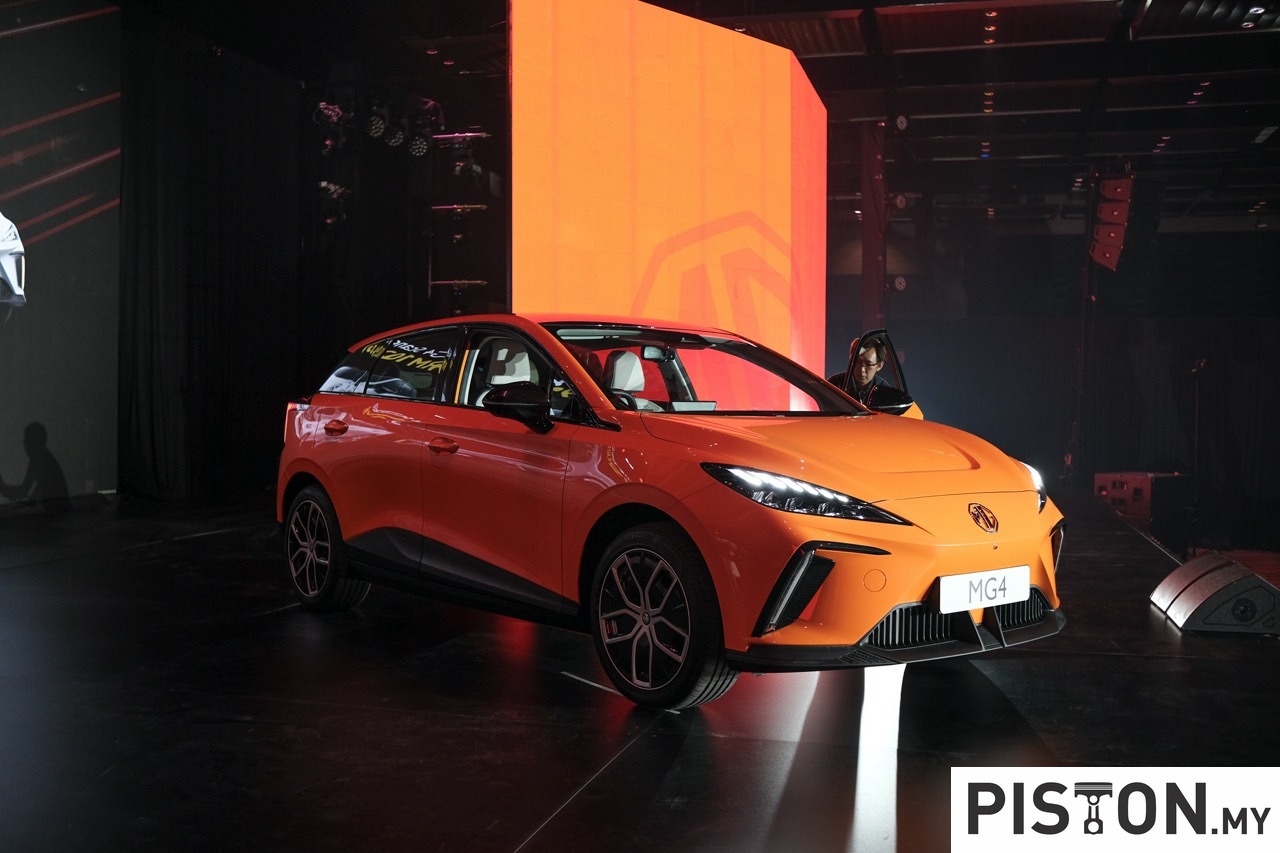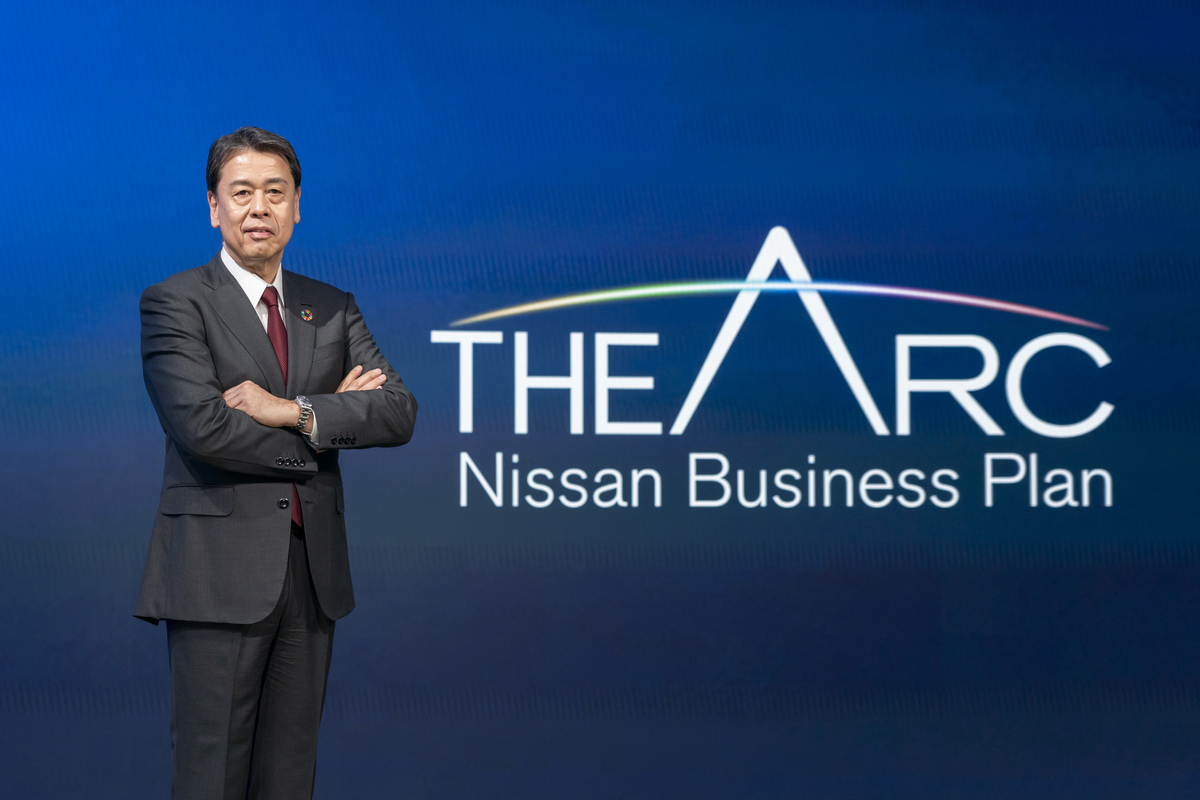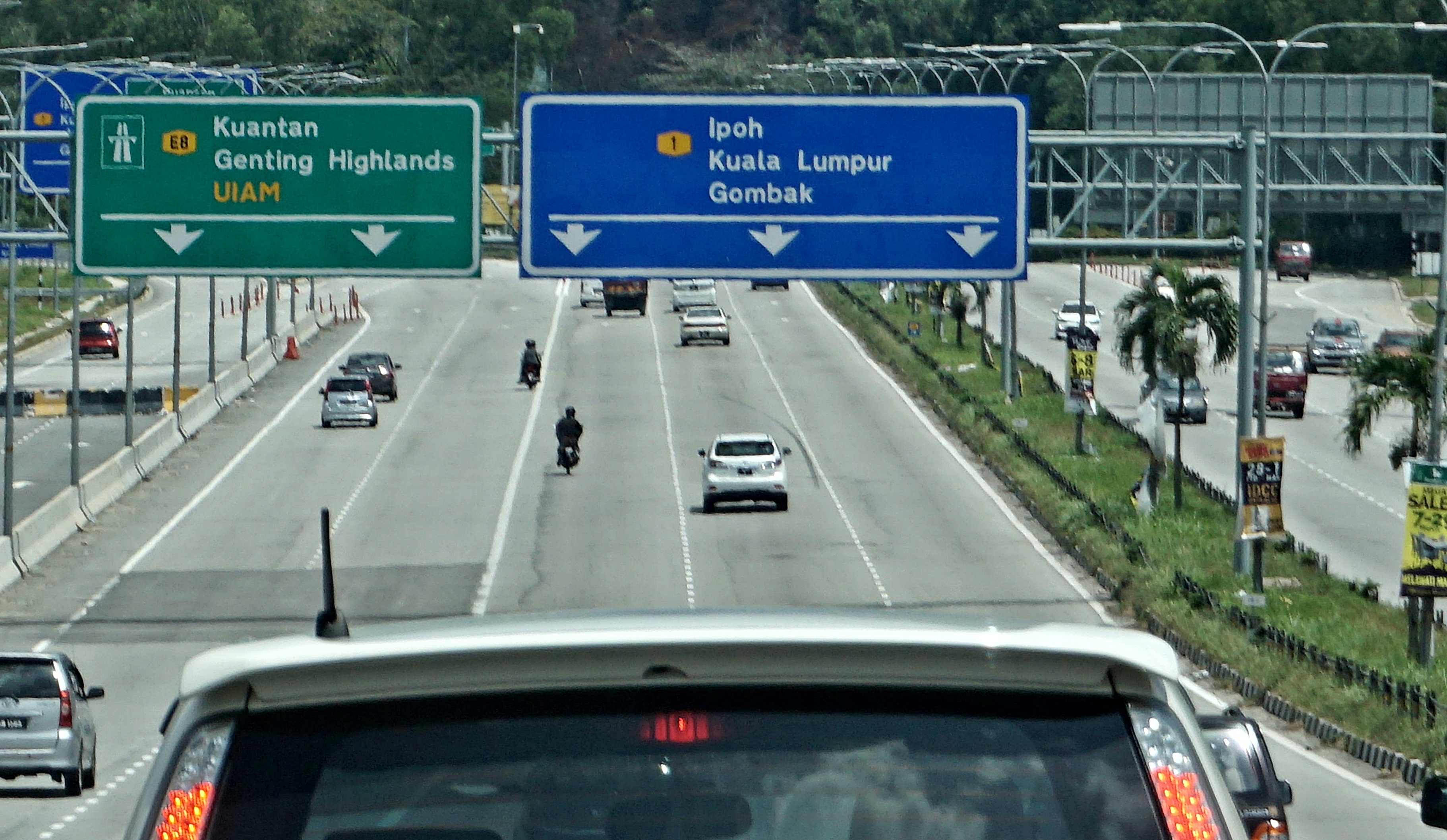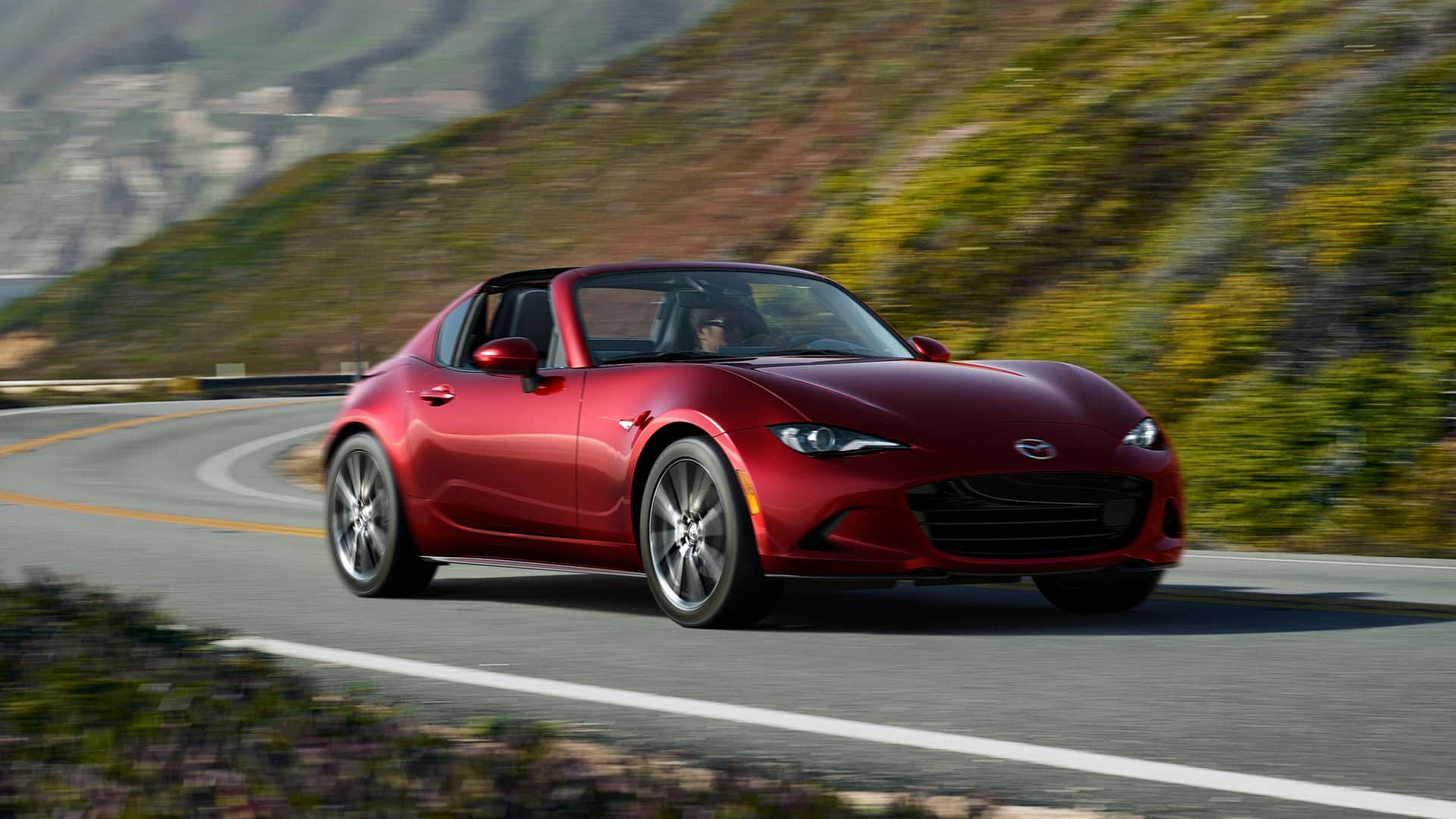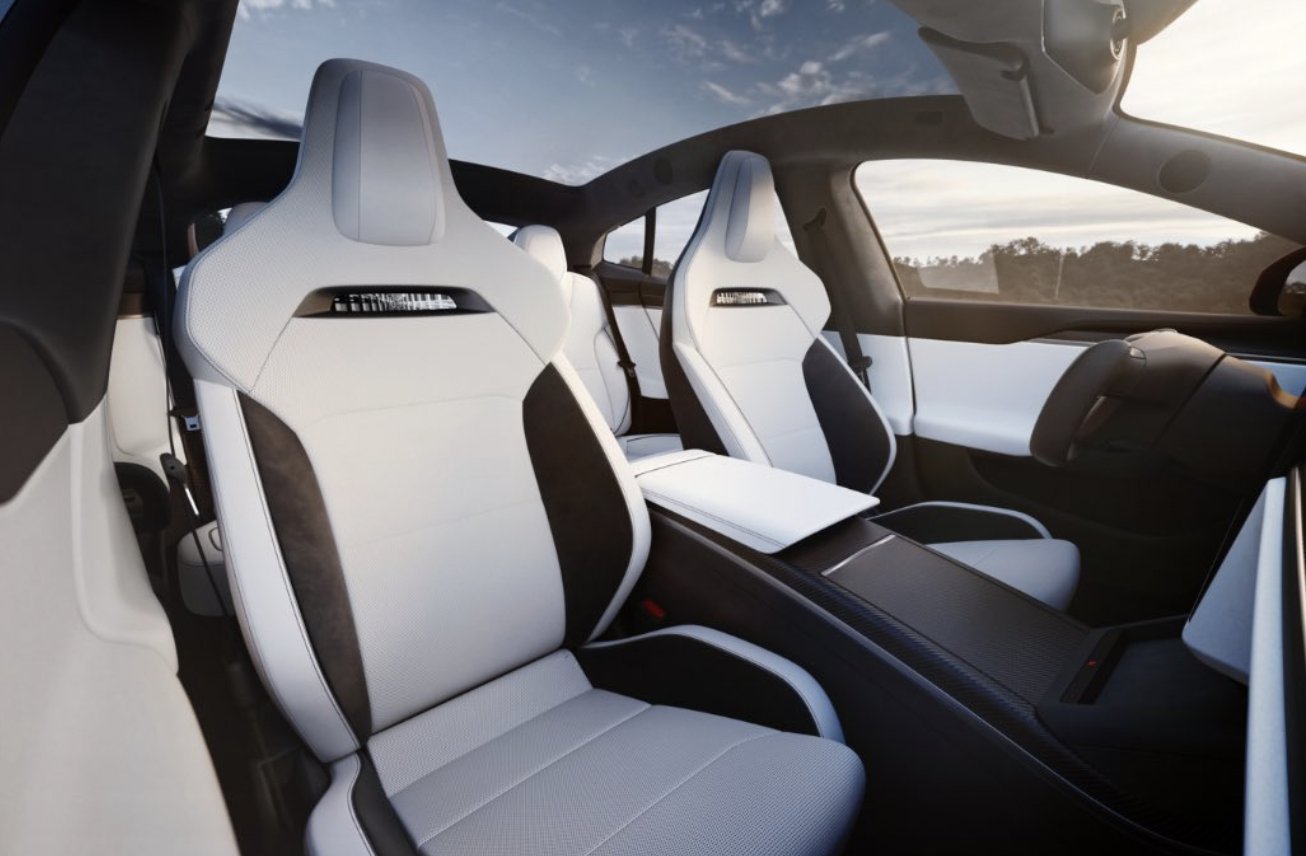Since 1997, the European New Car Assessment Programme – better known as Euro NCAP – has conducted independent assessments of new vehicles sold in Europe for consumers’ information. The assessments include crash tests (but are not the only aspect) as well as other active systems influencing safety performance.
While several European governments, motoring, consumer and insurance organizations support the work of Euro NCAP, their star ratings – summaries of the results from assessments – are not specified in vehicle safety regulations. However, Euro NCAP has, over the years, been influential in pushing manufacturers to incorporate new and better safety systems as they have become available and affordable.
Consumers refer to the star ratings and other information in the reports to help them in deciding which model to buy. Naturally, a maximum 5-star rating is ideal but sometimes, this means a higher cost so the consumer can make an informed choice to settle for 4 stars instead. In some cases, very poor scores will affect sales as consumers understand that they will not be sufficiently protected in the event of an accident.
Every 2 years, Euro NCAP updates and toughens its testing processes, adding new requirements in order to score maximum points. This year, new tests are introduced to address some longstanding needs in occupant protection, improve post-crash protection and promote the latest advanced driver assistance technology.
A key change is the implementation of a new moving barrier to the moving car frontal crash test, replacing the regulation-based moderate offset-deformable barrier test, used by Euro NCAP for the last 23 years. This new crash test not only evaluates the protection of occupants inside the car, but also assesses how the cars’ front-end structures contribute to injuries in the collision partner.
Important innovations are the Mobile Progressive Deformable Barrier and the unique method to rate vehicle compatibility, as well as the first adoption of the world’s most advanced ‘THOR’ mid-sized male crash test dummy.
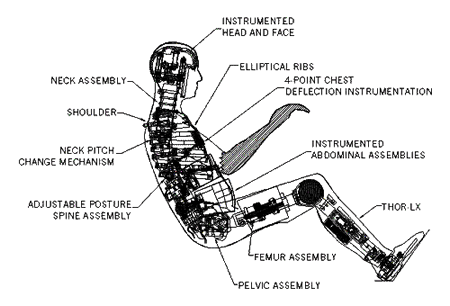

Side impacts account for the second highest frequency of death or serious injuries. The latest updates to this area of the safety assessment include adjustments to the near-side barrier test speed and mass, increasing the severity of the test. More significantly, Euro NCAP will for the first time evaluate far-side impact protection, focussing on driver protection and the potential interaction between driver and front seat passenger. With the latter test, the protection offered by new-to-market countermeasures such as centre airbags can be adequately verified.
Euro NCAP continues to test the latest generation of crash prevention and driver assistance systems. New, challenging test scenarios are added to rate AEB technology for cars and vulnerable road-users. In addition, the first step is taken to evaluate Driver Status Monitoring systems, designed to detect driver fatigue and distraction, as part of the Safety Assist assessment.
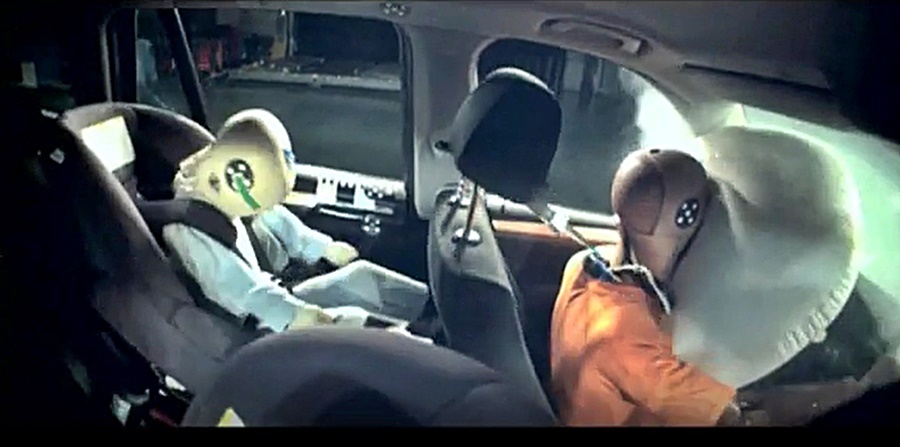
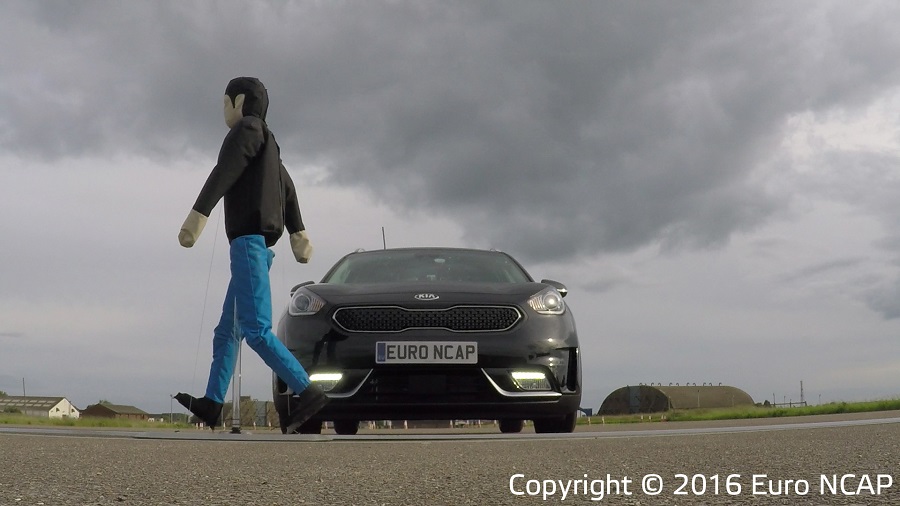
Improving your car’s safety isn’t just about more airbags or better driver assistance systems. Post-crash safety too plays a vital role in crash survival. In partnership with the International Association of Fire & Rescue Services, Euro NCAP has developed new rating rules to promote better post-crash safety. Manufacturers will be rewarded when rescue information is accurate and easily available. Euro NCAP also checks ease of extrication, electric door handles, etc. and endorses advanced eCall functions.
The organisation believes the impact of these updates, as well some other minor changes, will be significant. Therefore, consumers must be careful when directly comparing the latest results with ratings from previous years. What stays the same is that only vehicles that perform excellently in crash protection, post-crash and crash avoidance – and the ones that car buyers should look out for – will achieve the top 5-Star rating.
The success of Euro NCAP has inspired the establishment of similar organisations in other regions, including Southeast Asia where there is the ASEAN NCAP.
